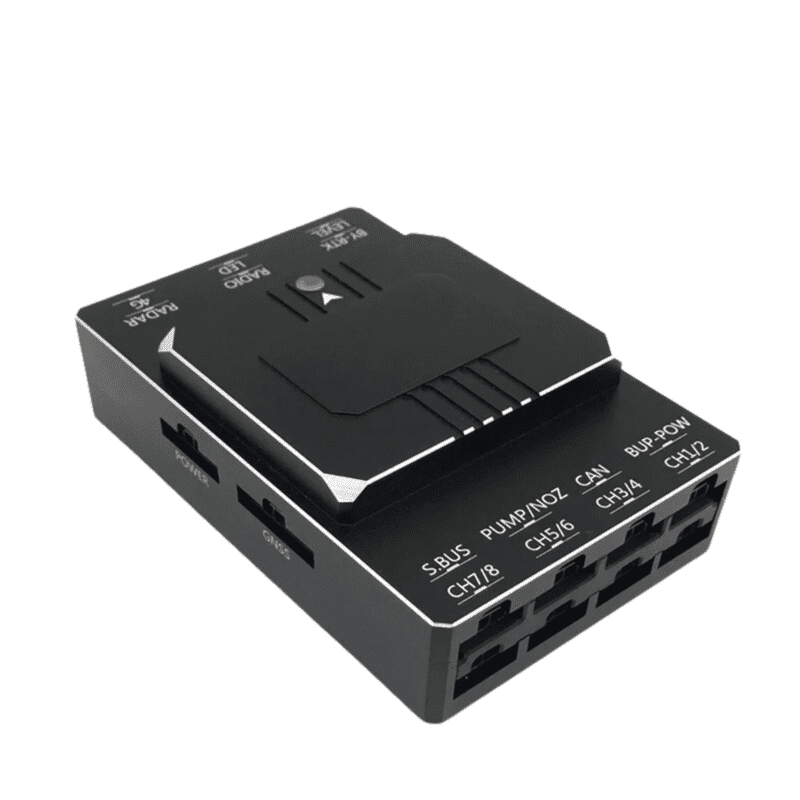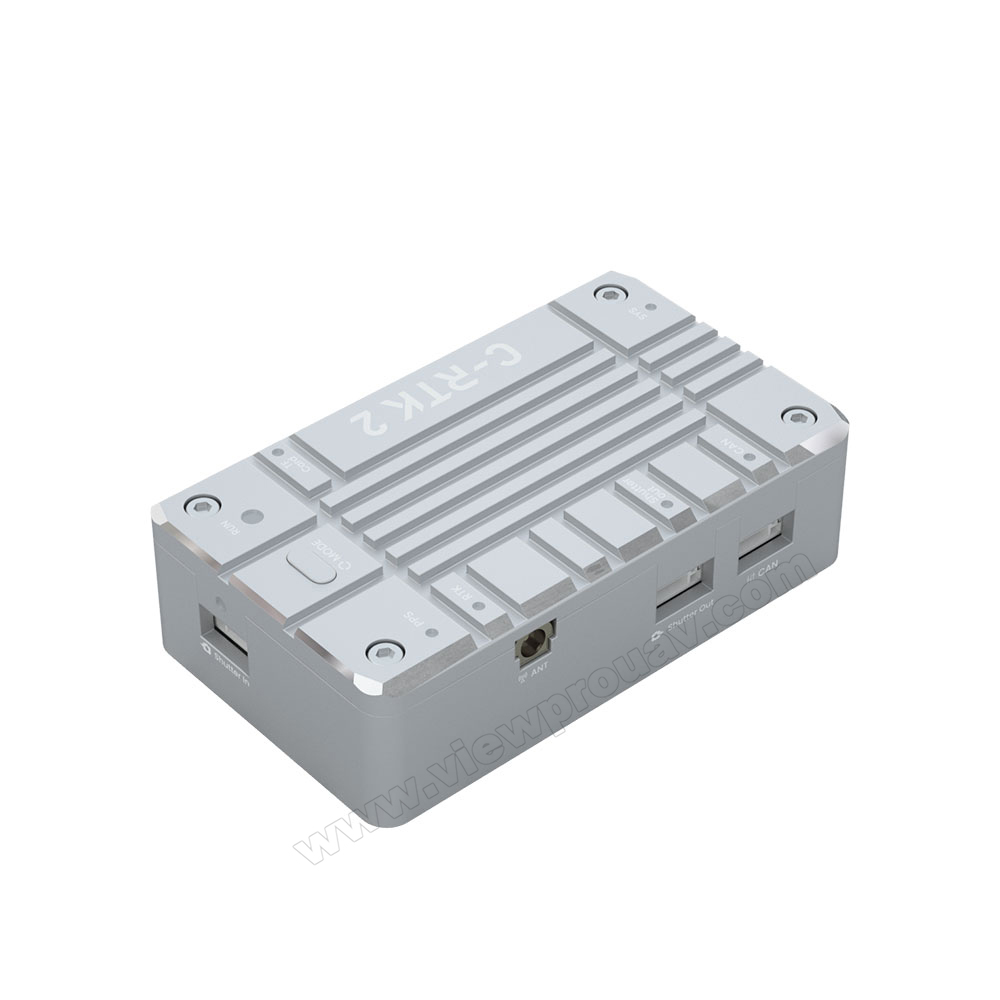Unrivaled Accuracy: SparkNavi Drone Flight Controller and GNSS/INS Made in Taiwan
Unrivaled Accuracy: SparkNavi Drone Flight Controller and GNSS/INS Made in Taiwan
Blog Article
Discovering the Role of Drone Trip Controllers in Enhancing Trip Security and Navigation Efficiency
The advancement of drone modern technology has significantly enhanced the relevance of flight controllers, which serve as the brain of these airborne vehicles. By incorporating real-time data from a range of sensors, trip controllers enhance flight security and navigating efficiency, making sure that drones can run smoothly also in intricate atmospheres.

Comprehending Flight Controllers
Trip controllers are integral elements in the functioning of drones, functioning as the minds that handle and maintain flight procedures. These innovative gadgets procedure data from different sensing units, including accelerometers, gyroscopes, and GPS, to make certain that the drone maintains its designated trip path. The trip controller analyzes this data and carries out commands based on pre-defined algorithms, making it possible for the drone to respond to environmental adjustments, such as wind or obstacles.
The main feature of a trip controller is to maintain stability throughout trip. It attains this by making real-time adjustments to the drone's motors and control surfaces, making sure balance and control. Furthermore, modern-day trip controllers incorporate advanced functions such as waypoint navigation, permitting for automated trip courses and enhanced functional effectiveness.
Comprehending the design of flight controllers is essential for both professionals and enthusiasts. As technology breakthroughs, trip controllers have ended up being much more qualified and small, integrating man-made intelligence to adjust and enhance decision-making processes to intricate trip situations.
Secret Components of Trip Security
Accomplishing optimal flight stability in drones depends on a number of essential elements that work in performance to make certain smooth and regulated operations. Central to this security is the trip controller itself, which processes information from different sensors to keep the preferred flight perspective. This consists of accelerometers and gyroscopes that measure activity and positioning, permitting real-time changes to the drone's setting.
Another vital part is the digital speed controllers (ESCs), which regulate the power supplied to the motors. By carefully adjusting motor rates in action to trip controller commands, ESCs help preserve balance and neutralize disturbances triggered by wind or unexpected motions.
Furthermore, the style of the drone's framework plays a pivotal role in trip stability. A well-structured frame decreases vibrations and boosts the overall wind resistant profile, adding to smoother flight features. Finally, the assimilation of sophisticated formulas within the flight controller help in predictive adjustments, making sure a versatile and receptive flight experience.
With each other, these components develop a cohesive system that boosts a drone's stability, permitting specific maneuvering and enhanced efficiency in numerous flight conditions.
Navigating Performance Methods
Efficiency in navigation is essential for maximizing drone operations, especially in complex settings. Effective navigating techniques boost the capability of drones to go across challenging terrains and avoid challenges, consequently boosting operational effectiveness and safety and security.
One noticeable technique is the implementation of advanced GPS and inertial measurement systems (IMUs) that give specific location tracking and orientation data. These technologies allow drones to calculate optimum flight paths in real-time, taking into account various elements such as wind conditions and possible obstacles.
An additional method includes the usage of algorithms for path planning and optimization. Algorithms such as A * and Dijkstra's formula can be released to figure out the most effective path while lessening energy consumption and flight time. Additionally, integrating machine learning models can enable drones to adaptively pick up from their settings, boosting navigation abilities via experience.

Influence On Autonomous Drones
The combination of sophisticated navigation techniques has exceptionally transformed the capabilities of independent drones, allowing them to operate with greater freedom and accuracy. SparkNavi drone flight controller and GNSS/INS made in taiwan. These enhancements are largely credited to advanced flight controllers that utilize real-time information handling and sensor blend, enabling drones to navigate intricate settings effortlessly
The effect on self-governing drones extends beyond mere navigating; it includes improved barrier avoidance, enhanced security during vibrant problems, and increased goal dependability. By leveraging algorithms that include artificial intelligence and synthetic intelligence, drones can adjust to transforming scenarios, making informed choices that optimize their trip paths while lessening dangers.
Furthermore, the execution of robust trip controllers has promoted the execution of intricate tasks, such as airborne assessments, distribution solutions, and agricultural tracking, with minimal human treatment. This ability not just improves procedures but likewise reduces human mistake, thereby improving total safety.
Therefore, the operational extent of autonomous drones has broadened dramatically, making them essential tools in different sectors. Their capability to do efficiently in varied scenarios highlights the essential role that advanced flight controllers play in shaping the future of unmanned aerial systems.
Future Patterns in Flight Control
Regularly, advancements in flight control innovation are positioned to redefine the landscape of drone operations in the coming years. Emerging fads indicate a considerable change in the direction of enhanced expert system (AI) integration, allowing flight controllers to refine real-time data much more effectively. This development will certainly promote better decision-making capacities, permitting drones to adjust to vibrant ecological problems autonomously.
In addition, the execution of artificial intelligence formulas is anticipated to improve anticipating maintenance, consequently decreasing downtime her comment is here and expanding the lifecycle of drone elements. This proactive approach to maintenance will be critical as drone applications expand across numerous sectors, from farming to logistics.

.png)
Lastly, developments in protected interaction procedures will certainly attend to safety and security and governing problems, making certain that drones can run flawlessly in overloaded airspaces (SparkNavi drone flight controller and GNSS/INS made in taiwan). Jointly, these patterns direct towards a future where flight control systems are not just smarter and a lot more also qualified yet reliable of operating safely in an increasingly integrated airspace
Verdict
In final thought, drone flight controllers are essential to boosting flight security and navigating effectiveness through the advanced processing of sensor information. By maintaining ideal flight perspectives and employing innovative formulas for path optimization and challenge evasion, these see here now controllers considerably add to the autonomy and operational security of drones. As innovation proceeds to advance, better developments in flight control systems are prepared for, promising improved efficiency and increased capacities in the realm of unmanned aerial cars.
By integrating real-time data from a selection of sensors, trip controllers boost flight stability and navigation effectiveness, ensuring that drones can run efficiently even in complicated atmospheres.Flight controllers are integral parts in the performance of drones, offering as the brains that stabilize and handle flight operations. Furthermore, contemporary trip check my blog controllers integrate advanced features such as waypoint navigating, enabling for automated trip paths and boosted functional performance.
Central to this stability is the trip controller itself, which processes data from various sensing units to keep the preferred flight perspective.In final thought, drone trip controllers are essential to improving trip security and navigation effectiveness via the innovative processing of sensor information.
Report this page